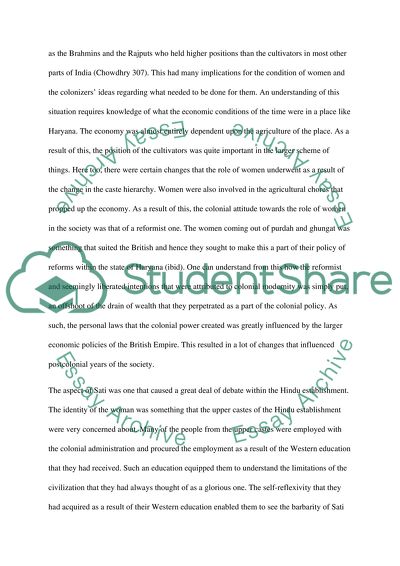Cite this document
(“The Womens Question in Nineteenth Century India Research Paper”, n.d.)
The Womens Question in Nineteenth Century India Research Paper. Retrieved from https://studentshare.org/history/1465079-the-womens-question-in-nineteenth-century-india
The Womens Question in Nineteenth Century India Research Paper. Retrieved from https://studentshare.org/history/1465079-the-womens-question-in-nineteenth-century-india
(The Womens Question in Nineteenth Century India Research Paper)
The Womens Question in Nineteenth Century India Research Paper. https://studentshare.org/history/1465079-the-womens-question-in-nineteenth-century-india.
The Womens Question in Nineteenth Century India Research Paper. https://studentshare.org/history/1465079-the-womens-question-in-nineteenth-century-india.
“The Womens Question in Nineteenth Century India Research Paper”, n.d. https://studentshare.org/history/1465079-the-womens-question-in-nineteenth-century-india.


